
When it comes to digital marketing, creating engaging content is a must; and video marketing is one of the best ways to reach your goals. Visual content is easily understood and easily digestible, after all.
The biggest benefit of video marketing is that videos can go viral. Virality, while subjective, can be beneficial for a brand as it can promise more reach in the video’s target audience and more visibility for the brand itself.
But what is video marketing exactly?
Video marketing, in simple terms, is the act of using video to market a product or a service. It can be used for a variety of reasons, from explaining the use of your product or your business as a whole -the so-called explainer videos- to showing customer testimonials and everything in-between.
The diverse nature of video marketing is what makes it an integral part of every marketing plan.
The numbers speak for themselves:
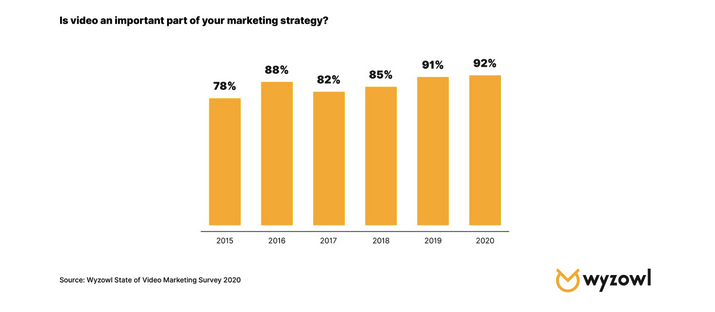
(Source)
92% of marketers claim that video plays an important role in their marketing strategy. But what about virality?
While there is no golden ticket to virality, when it comes to videos, there is the general consensus that video marketing that features humorous and current content, performs better.
Video marketing helps you take things to the next level. High-quality, relatable video content can increase the chances of your marketing campaigns to be spread around.
Creating an inspirational B2B video marketing campaign is not an easy task. You’ll need to study your audience, set a tone of voice, and use it accordingly, to address the core idea of your video content.
Before I go any further, let me show you exactly what the importance of a specific tone of voice is:
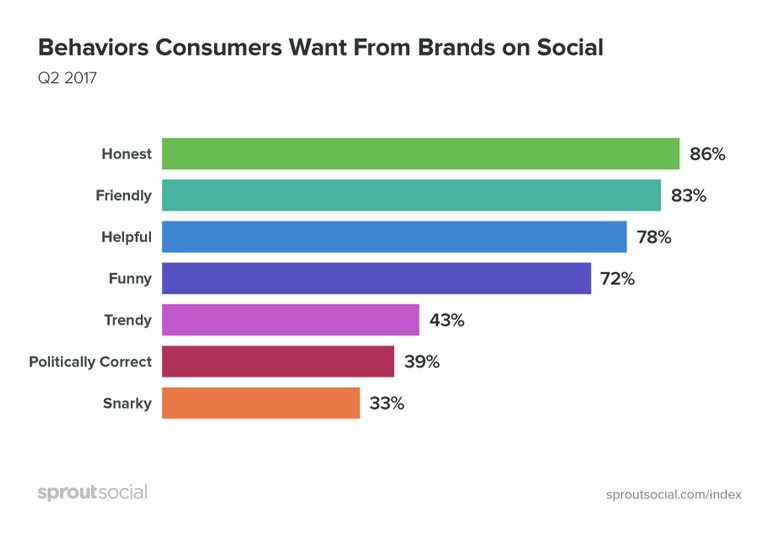
(Source)
It goes without saying that your brand’s tone of voice should be honest, original, and distinguishable from other brands.
While creating video content, you need to always keep your audience and tone of voice in mind.
There are some trends in video marketing creation, such as video email marketing -which would require that you run a deliverability test before creating an email marketing campaign that contains video so that nothing can go amiss-, social media videos that can engage and videos that contain storytelling that is brilliant and can raise brand awareness.
But what are the trends to keep in mind?
Live videos are a staple on the video marketing trends, and with good reason. With live videos, a brand can use their social media accounts to share “behind the scenes” tidbits with their audience.
The best part of it is that the audience can ask questions that get answered live, can get a shoutout or a mention and they can engage with the brand in a “human” manner.
By allowing your audience to put a face to the name, you’re allowing them to become your ambassadors and interact with you in the same way they’d interact with a friend or colleague.
You can either schedule a live video and let your audience know through a post -encourage them to share it around for maximum engagement!- or you can be spontaneous and go live right there and then.
The choice is up to you and your brand’s tone.
If you’re worried that a spontaneous live video won’t engage people as much, as not everyone is online at the same time, you can always create video highlights for those that missed it and ask them to spread the word.
Over the last few years, there is a rapid increase in video content creation. As such, the field of video marketing is constantly improving, with the integration of 360 videos. This kind of video is increasingly produced and published in social media platforms that enable this feature.
Not all videos are the same and not all video content is engaging. This is where interactive 360 videos come into play.
Social media platforms allow businesses, creators, and brands to upload interactive videos, Facebook being the leading one when it comes to this engagement hack.
Interactive 360 videos allow the audience to choose what to see and interact with the video, turning the viewer into the director of the experience. This practice creates user-centered content that users care about, as they can modify it any way they’d like.
Here’s a brilliant example of a 360 video:

(Source)
BMW created and shared a 360 video experience for the 44 years of the BMW M series. The 1:26 video gives BMW admirers the chance to live the experience of driving a BMW M. And this says it all about this 360 video journey.
Every company, regardless of its size and audience, should use an email marketing service to keep in touch, communicate, and inform subscribers, whether their model is B2B or B2C.
To use this trend, make sure that you pick out an email marketing platform that can provide you with a video email marketing option.
Avoid integrating the whole video in the email, as this can cause issues related to deliverability and mobile responsiveness, as not all email clients support video integrations. Also, consider using a SPF checker to improve deliverability.
As a general best practice, add an image thumbnail of the video in your email. Then, insert your URL link that leads the reader to your website or the video hosting platform you use.
For example, BluLeadz has stepped up its game and has been using video in its marketing campaigns. The performance of these campaigns has lead to a staggering 36.9% higher close rate.

(Source)
Youtube is the main platform to use for your visual content marketing strategy, according to statistics. It is a great platform for versatile videos that serve your brand, goal, and audience.
YouTube features a “Trending” system for every country. Once your video goes trending, you’re “entitled” to reaching more viewers and a greater audience. Also, YouTube gives you the opportunity to inform your audience about upcoming videos/events, provided they subscribe to your channel.
One of the most successful viral videos on YouTube was the “Carpool Karaoke” one, featuring Adele. “Carpool Karaoke” is a part of The Late Late Show with James Corden. This video is the most viewed one with more than 215 million views and with good reason.
It features one of the most famous artists globally, showing her funny, relaxed side, talking about everything and anything. This made the video go viral.
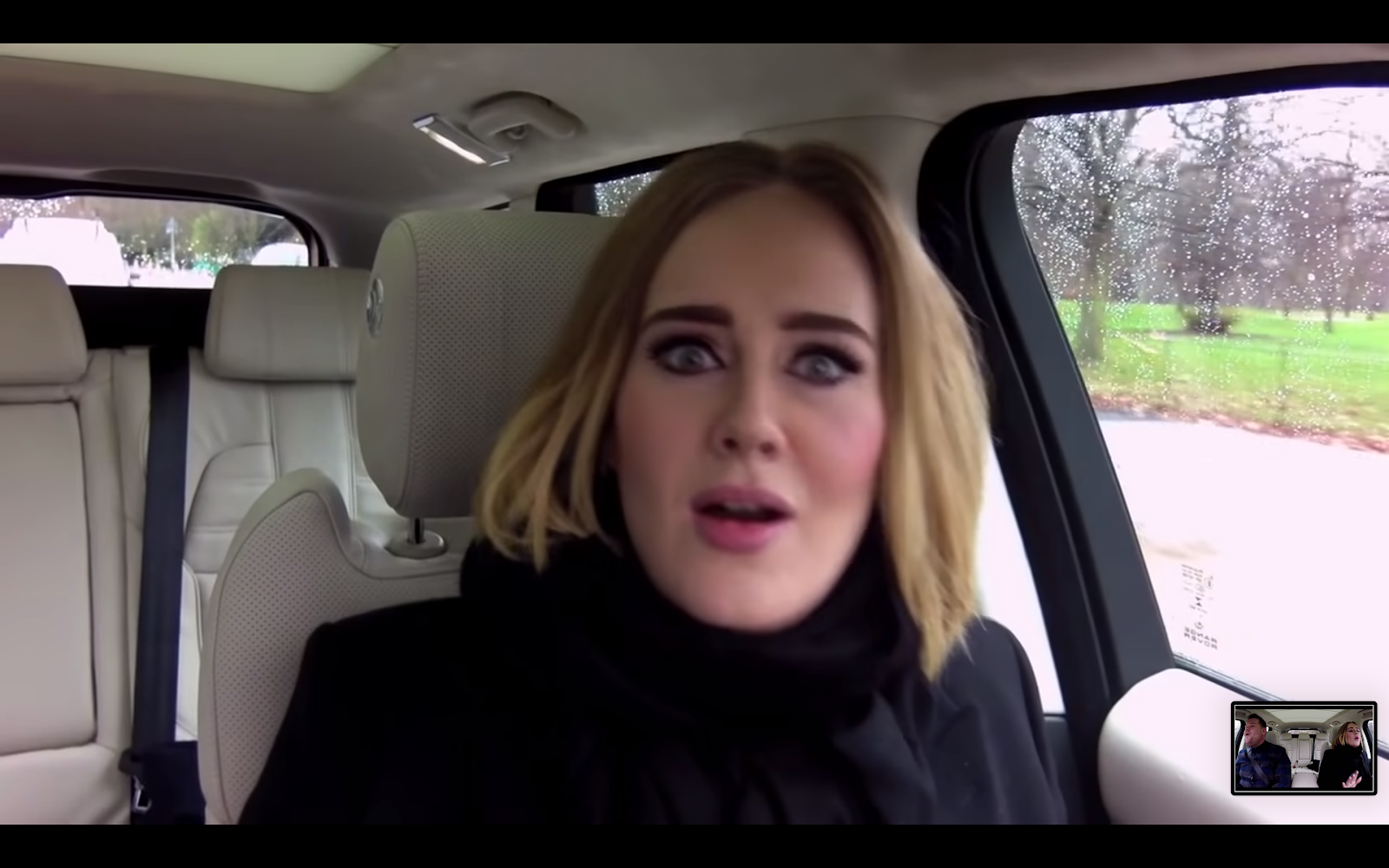
(Source)
Facebook’s platform can provide you with the opportunity to upload well-designed videos that boost audience engagement and have multiple uses: from UGC to explainer videos, to pinpointing Facebook contest rules.
Make sure that your videos are carefully thought and not too long. People scrolling on Facebook can lose interest very quickly.
Make the video short, engaging, and use a captivating image or scene in the beginning, like LADbible -the UK news and entertainment channel- does. LADBible is the page with the most views monthly/annually.

(Source)
Instagram is a great image/video sharing platform, with more than a few options when it comes to videos. You can upload videos as part of your “Stories”, which will vanish in 24 hours.
Of course, you can upload a video to your feed, but it needs to be captivating and have an aesthetic appeal.
Generally, Instagram is more influencer-inclined, user-based than Facebook, so you need to be more audience-driven. This doesn’t mean that you need to become an influencer, but rather act like one. Over time, you can build a following and monetize your audience in a variety of ways, be it through top-quality affiliate marketing programs, or selling your own product you’ve created.
Instagram is going for more video engagement and an increase in Reels audience, by focusing on the influencers and celebrities of the digital world.
Using Instagram video features is no easy task, of course. Therefore, it’s important that you use a proper Instagram reporting tool to gather all the information and analytics you need, to make educated decisions.
Video content that is based on storytelling provides a very engaging, captivating, original way for your target audience to understand what your offer is and the ways your product or service can be beneficial to them.
Storytelling videos can showcase all the ways you’re different from your competitors and more like your target audience. As “one of them”, you can provide something that gives a solution to one of their problems.
The best example of storytelling would be the Dollar Shave Club landing page video. A great explainer video that managed to combine product details with a healthy dose of humor: showcasing DSC’s products, the quality, undermining the competition, showing benefit for the customer, highlighting the social benefit, and most importantly, making the audience laugh.

(Source)
Creating a great, inspirational video is not nearly enough if one needs it to reach more people, create awareness, and ride the trends mentioned above for more chances of going viral.
You’ll need to think of cross-posting on different platforms to boost your overall video marketing efforts. Cross-posting on social media is a simple practice that can save you the time and effort of producing new content for each platform.
And while cross-posting is one of the best social media growth hacks, there are some things you should take note of, if you want uniformity for your brand’s accounts, but want to engage different audiences in different platforms.
Segment your audience and take a good look at the times each segment interacts with each platform. Your data will help you make an educated decision on when to post. That way, you’ll maximize the chances of your content being viewed by a larger part of your audience.
Cross-posting on social media can be a life-saver by helping you make more time to create new content and engage audiences. However, it’s not the only tactic that can help you create engaging and inspiring B2B video content.
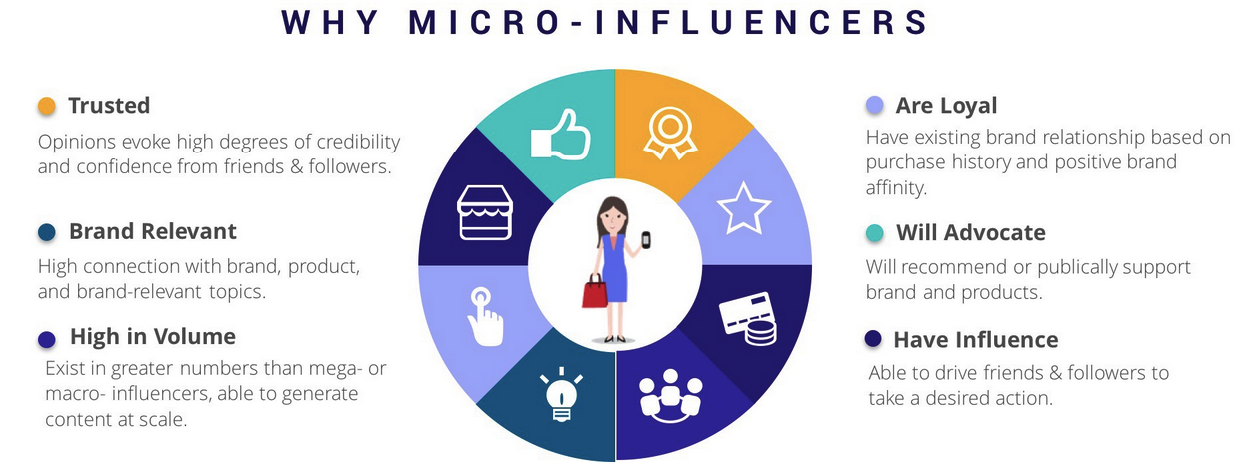
(Source)
Micro-influencers can go a long way for smaller brands or brands with a limited budget that would like to tap into what’s marketers call “influencer marketing”.
While they tend to have a smaller follower base than macro- or mega-influencers, their audience can be more engaged, due to the fact that micro-influencers put more time and effort to interact with them.
Micro-influencers can promote products and services a lot better, for the following reasons:
If the three reasons above are not enough, think of this fact: Micro-influencers have a smaller, uniform, and therefore hyper-targeted audience. If it matches the segment your brand wants to “talk to” at that specific point in time, you’re saving time and resources by making a micro-influencer into an ambassador.
Moreover, this act shows that you’re not just about selling on Instagram or any other social media platform.
Rather, it shows that, when it comes to your brand, anyone can be an ambassador.
And since audiences love brands that interact with them and love recommending those brands to their peers, by using micro-influencers for your video marketing, you can reach more people and give your referral marketing efforts a boost as well.
Your videos might be great and might deserve to go viral. However, great quality is not the only thing that ensures exposure and engagement.
Video titles are one of the most surefire ways to make a viral video. But how are you going to create that? Well, here are some tips:
A video will go viral if you put it in front of a larger audience and urge that audience to share it around. This is where keyword optimization comes into play.
Research the keywords your audience is using to search for videos with the same content as the video you’re going to upload. Don’t limit yourself to search engines though. Search social media platforms and YouTube as well.
The keywords that have some searches but not too many, are those you need to aim for, as this is the way to maximize your chances of trumping the competition and going viral.
Don’t forget to optimize your content to reflect the intent of the users, in true semantic SEO fashion. This technique can improve your rankings and, therefore, increase your video’s visibility.
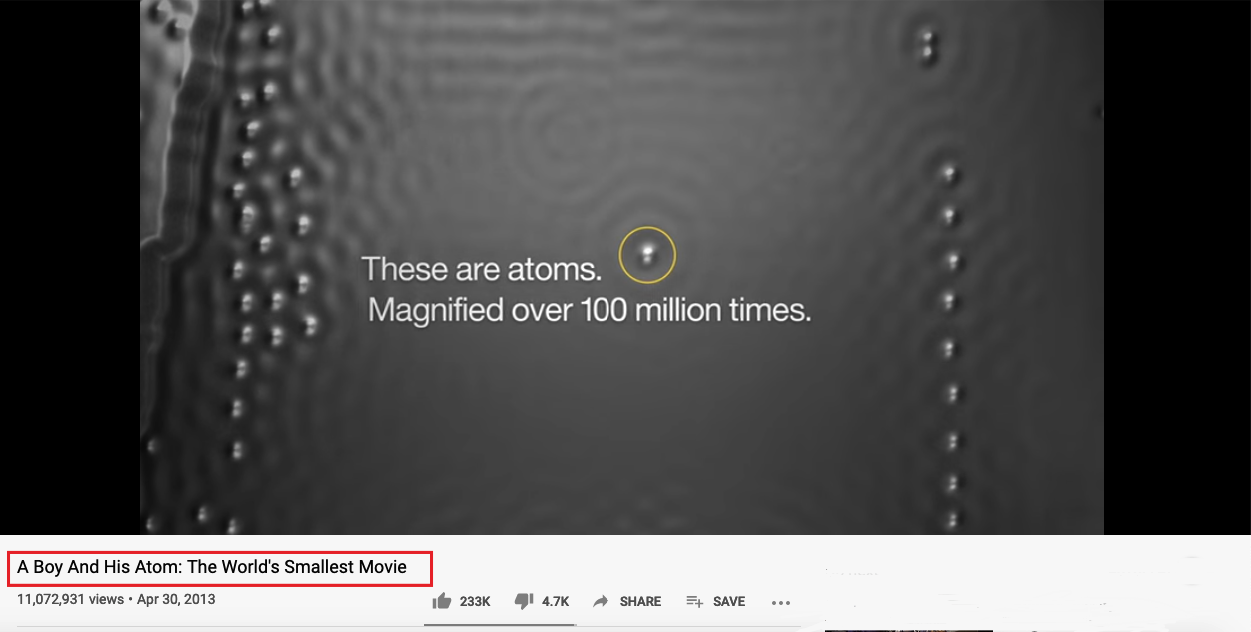
(Source)
In the example above, IBM created a parallel between their product -data storage- and atomic memory, using the keyword “memory” in a creative way that would target a keyword with a search volume lower than “data memory”.
It takes a lot for marketers and copywriters not to craft a title that will be cryptic and reaching the limits of clickbait, but you need to steer clear off that path.
Of course, this doesn’t mean that you need to be overly descriptive. Just enough to attract attention and provide users with what they’re searching for. Remember, if your title is misleading, the “Back” button is just a click away.
People bouncing off your page can hurt your ratings, so make sure that you’re being descriptive, but not overly descriptive. Just make sure to showcase the clear benefit viewers will get after watching your video.
This benefit is what will help them share your video with their own friends/followers list, which can only mean more exposure for you.
Don’t babble in any way, as your video’s title can be cut off because of the specs we discussed before.
You have around 55 characters. The limit is set by Google itself, seeing as the listing titles usually get cut off at around 66 characters. But this is not the only character limit to be mindful of.
Babbling can be boring and a boring title won’t attract attention. Don’t load your title with keywords and be as descriptive as you need to be. Ask a question for the demographics you’re going to target. Answering the question in their heads will most probably make them engage with your video.
This statement is true, all the way. Some words just perform better than others and you’ll need to include those words in your video title, to help it go viral.
Use the words “tutorial” or “video tutorial”, “review”, “how to”, “what is” or “explanation” for explainer videos, or even plain old “video”.
Your videos can’t be too long or too wordy. Studies have shown that the two-minute mark is the sweet spot for most videos on most platforms and devices:
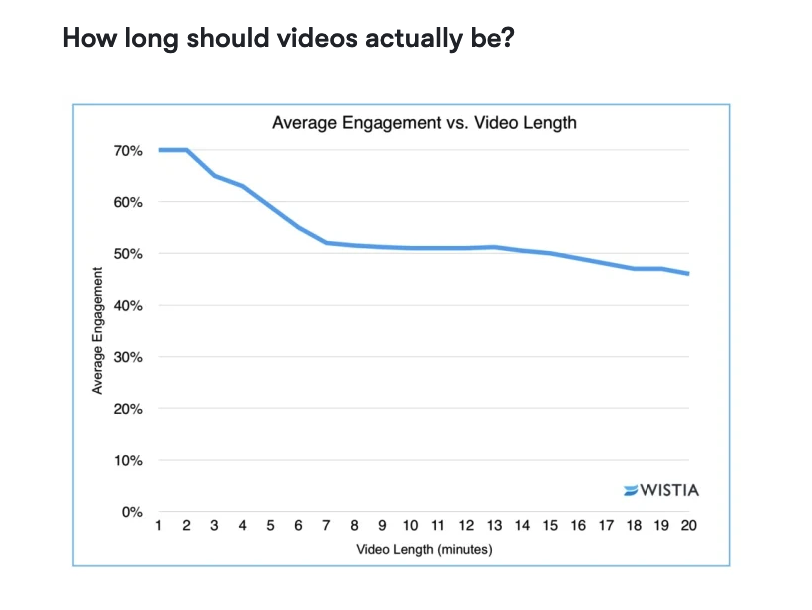
(Source)
As evident above, there is another peak of interest on the 6-12 minute mark and anything longer than 12 minutes should be treated with caution.
Of course, not all platforms offer the ability to just not be mindful of a video’s length. Instagram, for example, supports video content of up to 60 seconds -unless your brand decides to create an IGTV video- TikTok supports up to 60 seconds of video as well, whereas YouTube and Facebook support longer forms.
However, since a person’s attention span is unbelievably short nowadays -less than 12 seconds, to be exact-, don’t overdo it with the length of your video.
Engaging video content is not a simple feat to accomplish, but it is very rewarding, once you do it.
Creating videos that can go viral is possible when you use the above marketing techniques, but you need to keep some things in mind as well.
Always make sure to segment your audience and study your data -this will help you reach your goal every time-, always get to test the platform and tools you’re going to use. And lastly, always A/B test and see what resonates with your audience.
US (732) 387-3864
US Office (Sales & Marketing)
371 Hoes Lane, Suite 200, Piscataway, New Jersey - 08854
(Render 5 Technologies Pvt. Ltd.)
India Office (Production)
WeWork, 246, Udyog Vihar, Phase 4
Gurugram, Haryana - 122016
IND (+91) 9871330069
SERVICES
ANIMATION STYLES
INDUSTRY
Copyright © 2025 Broadcast2World, Inc. All Rights Reserved.
Comments (1)